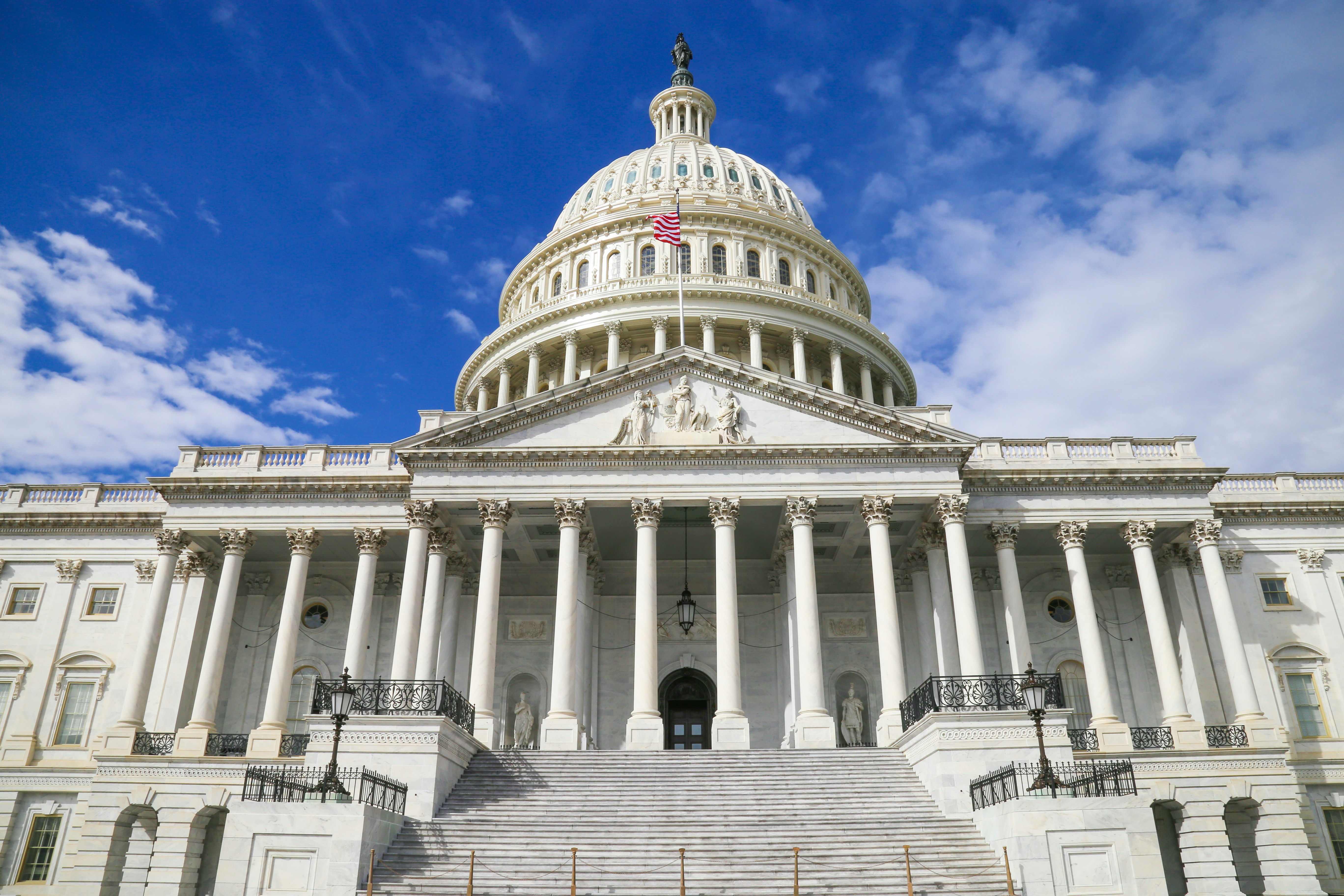Unpacking the "One, Big, Beautiful Bill"

A Game-Changer for Business and Tax Pros: Unpacking the "One, Big, Beautiful Bill"
Picture a tax reform that redefines financial planning for businesses and families, championing Main Street, scaling back clean energy incentives, and cracking down on fraud. That’s the "One, Big, Beautiful Bill," unveiled by the House Committee on Ways and Means in May 2025. For business owners and tax professionals, this legislation is a golden opportunity wrapped in new compliance challenges. Here’s the concise narrative of its impact.
The bill’s core mission is to lighten the load for American families and workers. It cements the Tax Cuts and Jobs Act’s lower income tax rates and doubled standard deduction permanently, with a temporary bump through 2028 to boost take-home pay. Small businesses score big with the 20% qualified business income deduction, now permanent and bumped to 23%, cutting taxes for pass-through entities. Workers in tip-driven or overtime-heavy sectors, like restaurants or factories, get new deductions through 2028, as do seniors and buyers of U.S.-made vehicles. Employers offering child care or paid family leave see juiced-up credits, with small firms gaining extra perks for collaboration. Health benefits shine brighter with expanded HSAs and CHOICE arrangements, plus a tax credit for small businesses to offer these plans. New MAGA accounts let parents save tax-free for kids’ education or first homes, with a $1,000 federal boost for newborns through 2028.
Rural America and small businesses are front and center. Manufacturers can fully expense equipment and domestic R&D costs through 2030, while factories and production facilities get 100% deductions for new or improved structures until 2034, fueling investment. Small manufacturers with up to $100 million in receipts sidestep complex accounting rules, and low-income housing credits get a lift to drive rural growth. Shuttered rural hospitals from 2014 onward can reopen as emergency facilities, strengthening local economies.
The bill takes a sharp turn from clean energy, axing credits for electric vehicles and green homes by 2025 and phasing out clean electricity incentives by 2031. Traditional energy gets a boost with tax breaks for hydrogen storage and carbon capture. High earners in high-tax states gain relief with the SALT cap raised to $30,000, though anti-avoidance rules demand precision. Nonprofits and corporations face tighter limits on executive pay deductions, and private colleges and foundations brace for higher excise taxes.
Immigration-related benefits tighten, restricting health and education credits to lawful residents and adding a 5% remittance transfer tax. Fraud prevention ramps up with AI to catch Medicare overpayments, stricter EITC audits, and the end of the IRS’s Direct File program, paving the way for private tax software partnerships. To fund it all, the debt ceiling rises by $4 trillion, hinting at bold fiscal moves ahead.
For tax pros and business leaders, this is your moment. Guide clients to maximize deductions for equipment, R&D, or employee benefits, especially the 100% expensing for qualified property like machinery, available through 2030 to supercharge cash flow. Navigate new SSN rules and fraud checks with care. Rural firms should grab housing and manufacturing breaks, while clean energy businesses pivot to new opportunities. Nonprofits must plan for tax hikes, and all must ensure immigration compliance. This blend of relief and rigor rewards the prepared—so dive into the details, refine strategies, and track Congress as this transformative bill unfolds.
If you want more details on this update and the potential effects on your business, we are here and happy to talk.
Print Article
